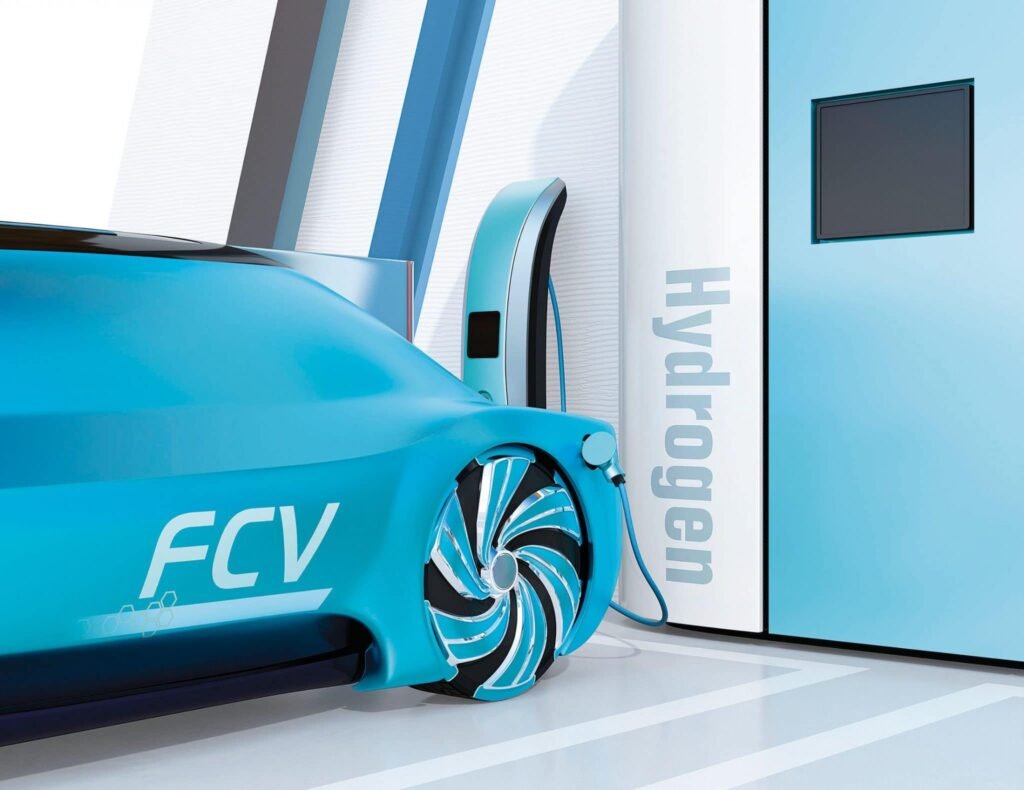Multi -year energy programming (PPE) and mobility orientation law, the legislative framework clears in 2019 in favor of the development of the hydrogen sector. In parallel, the International Energy Agency has studied the potential worldwide of hydrogen within the framework of the energy transition. Everything contributes to accelerating the development of this sector. A movement in France, but also in many countries like China. Back on short and medium term perspectives of hydrogen energy, inscribed in watermark.
Ten percent in 2023, from 20 to 40 % by 2028: these are the objectives of the hydrogen rate decarbon registered in the PPE. This same PPE provides, in its mobility aspect, the commissioning of 5,000 light vehicles for 2023 and 20,000 to 50,000 in 2028 and that of 200 heavy goods vehicles in 2023 and 800 to 2,000 in 2028; But the table, it, on 800,000 vehicles by 2030.
The PPE guides the measures
In addition to quantitative objectives, the PPE offers several orientations to promote hydrogen:
• Establish support for the development of hydrogen up to 100 million euros and launch calls for projects on mobility and hydrogen production using electrolysis;
• Set in place by 2020 a traceability system for decarbon hydrogen;
• extend the suramorization measure to the purchase of hydrogen vehicles, at least under the same conditions as for GNV (heavy goods vehicles of more than 3.5 t);
• Mobilize financial institutions (private and public funding, including CDC, BPI) and standardize co -financing models for project deployment projects in the territories;
• Conduct with all the actors concerned a reflection on the simplification and harmonization of the procedures for authorization and approval of boats and associated hydrogen avitaling solutions.
In addition, the PPE specifies the way in which the deployment of the sector should be carried out, with trajectory of costs and volumes in the long term. All the details in the following pages: “Hydrogen in the PPE”.
Hydrogen Energy vector
Still according to the PPE, hydrogen and power-to-gas constitute medium or long-term decarbonization solutions. As an energy vector, hydrogen produced by decarbonized electricity electrolysis is in the long term a structuring solution of decarbonation. It can immediately replace the fossil hydrogen used in the industry. In the medium term, it can be one of the vectors of decarbonation in the transport sector. Beyond 2030 or 2035, it will be able to contribute to the integration of renewable energies into the electrical system: it is currently the most promising means of massive storage of intermittent electrical renewable energies.
Cost and mobility objectives
As indicated in the synthesis of the PPE, by 2030, thanks in particular to the advances expected in terms of the cost of electrolysis, the hydrogen decarbon distributed at the station should be at a compatible price level (less than 7 €/kg, or less than € 7 per 100 km) with the needs of hydrogen mobility. These advantages are found mainly in certain heavy transport (road, rail and river), for which the weight, the size and the on -board energy of the batteries remain penalizing to date. These heavy transports are a major lever to ensure significant hydrogen volumes and generate an autonomous ecosystem by economies of scale by allowing to deploy large stations more quickly. This is a key point of the economic model of the charging stations. To develop mobility from hydrogen, the objective is to encourage the development of a range of heavy vehicles not only road, but also for other modes (boats, trains, aeronautics) and to continue the logic of Territorial fleets. As such, the role of communities to aggregate uses within territorial projects is essential.

